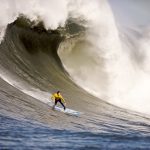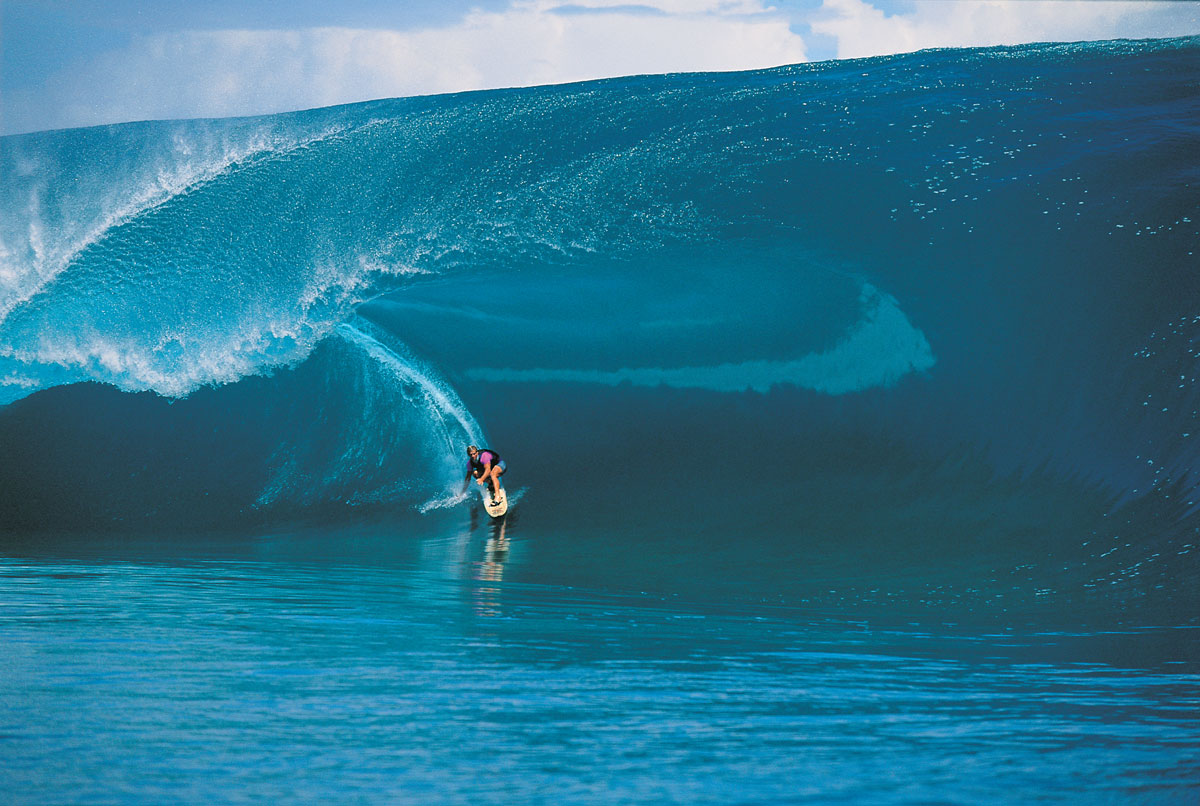A breaking wave, the purpose that surf-riders are intent on and ready to go on a journey all over the world to chance, is in fact just an obstacle (such as, sand-ridge, coral head, reef-rock, boulders, foreland, and so forth) in the water that forces wave power or ‘surge’ to transform into a breakings – and if lucky the one you can ride on!
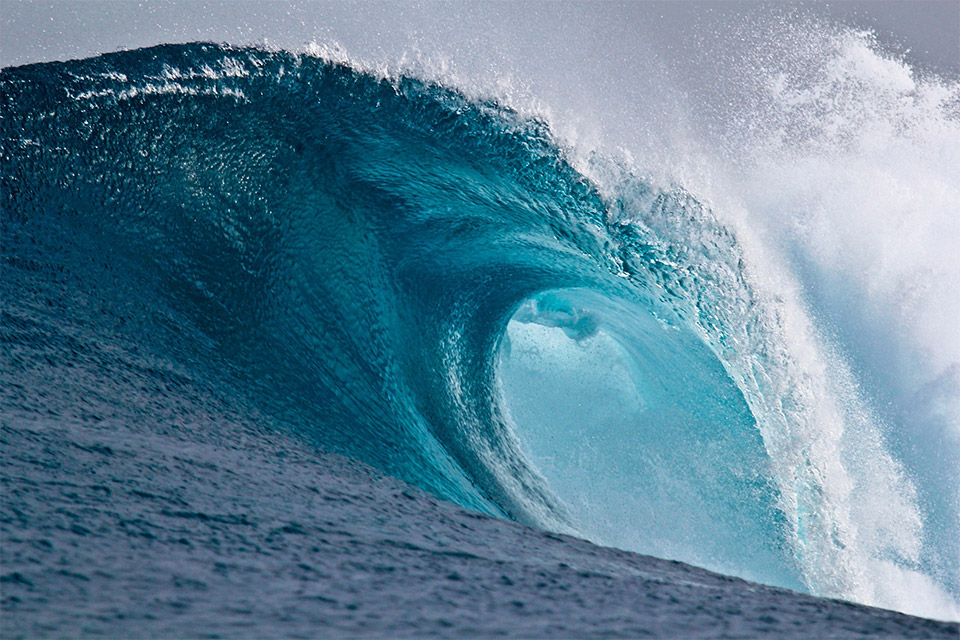
Table of Contents
Overview
When a surf-rider is picking up a suitable board, it is fundamental to know the nature that are normally formed by any groundswell, since various surfboards may behave more or less sufficiently in diverse breaking waves’ conditions.
The nature under any groundswell condition is commonly caused by the ‘retracted mode’ — that is the course of events when the surf break forces interwork with the particular qualities of the oceanic bed or bathymetric curve.
In few words, the force of tides will decrease if it meets the shoal whilst the remaining part of the breaking, which is still at depth and thus moves at a higher speed, will roll up and drift toward the gentler and shoal water.
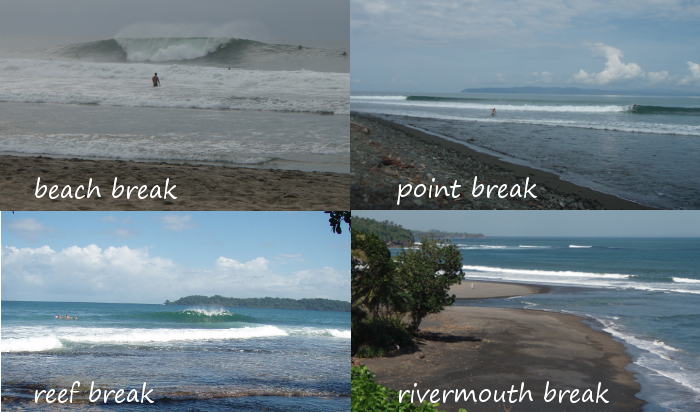
There are 3 main breaking waves categories:
- Reef tide.
- Coastal tide.
- Point tide.
Reef breaking tide
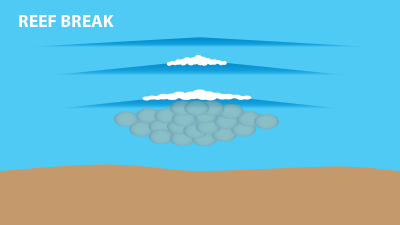
Reef breaking waves are formed when the surf wave power engages with the shoal outcrops, coral heads, or boulders of the ocean bottom.
These conditions allow you to ride greater, quicker, and more forceful ones.
However, this implies that gliding on reef tides may present more risks to surf-riders because sea power may drop fast and crushingly on shoal or coral rock formation.
The most popular reef breakings are Maverick’s in California or Uluwatu in Bali, Pipeline on the North Shore of Oahu in Hawaii, Indonesia or Macaronis in the Mentawai Islands of Indonesia.
Point breaking waves
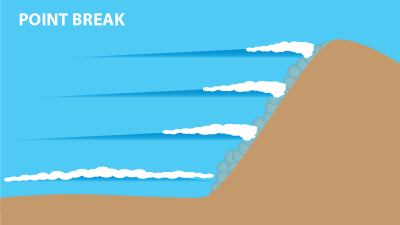
Point breakings emerge when the surf wave power engages with a landfall point (foreland, for instance) or cliffs bulging out of the beachfront.
Such waves can take place on sandy, hard ground, coral, or boulder bed of the ocean floor.
The nature of a point breaker category usually creates more extended and less forceful ones that keep their pace and magnitude throughout the whole surf-ride.
The most popular point breaking waves are Rincon in California, Jeffreys Bay (J-Bay) in South Africa, Barra de la Cruz in Mexico or Snapper Rocks in Australia.
Beach breaker
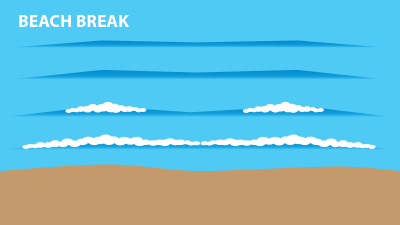
They are formed when surf wave power engages with shoal sand-ridges of the sea bottom.
Consequently, a surf-rider gets the beach breakers that, by contrast with the reef and point breakers, are much more diverse in magnitude, ridable distance, and force. They may also dissolve and reemerge with changes in the sandy bottom.
Riders surfing the beach breakers mostly should have a deep keen insight of coping with the sand-ridges so as to achieve some ridable breakings.
The most popular ones are Black’s Beach in California, Supertubos in Portugal, France or Puerto Escondido in Mexico, La Graviere in Hossegor.
Finishing up
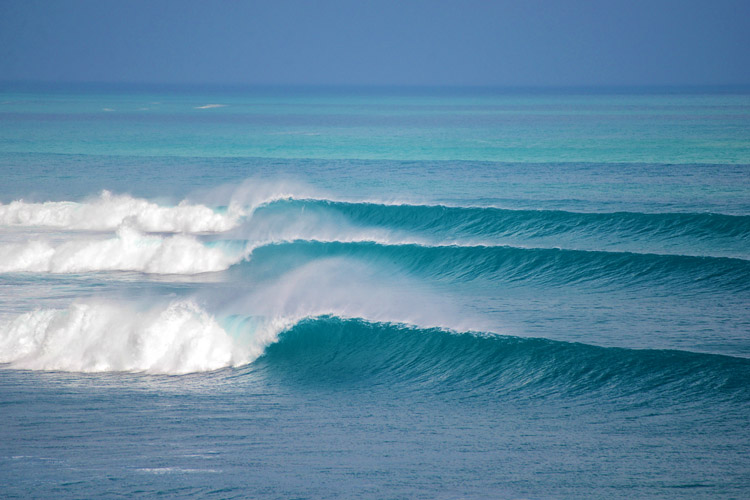
When you intent to ride a surf wave wherever around the world, keep in mind how the wave trajectory may interwork with the coast-line, reef-rocks, or foreland to create the kind of breakers you are looking for to surf on.
And, make sure, you have the proper surfing equipment for the session!

